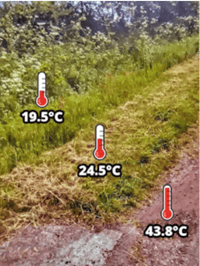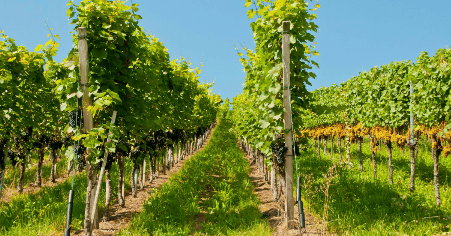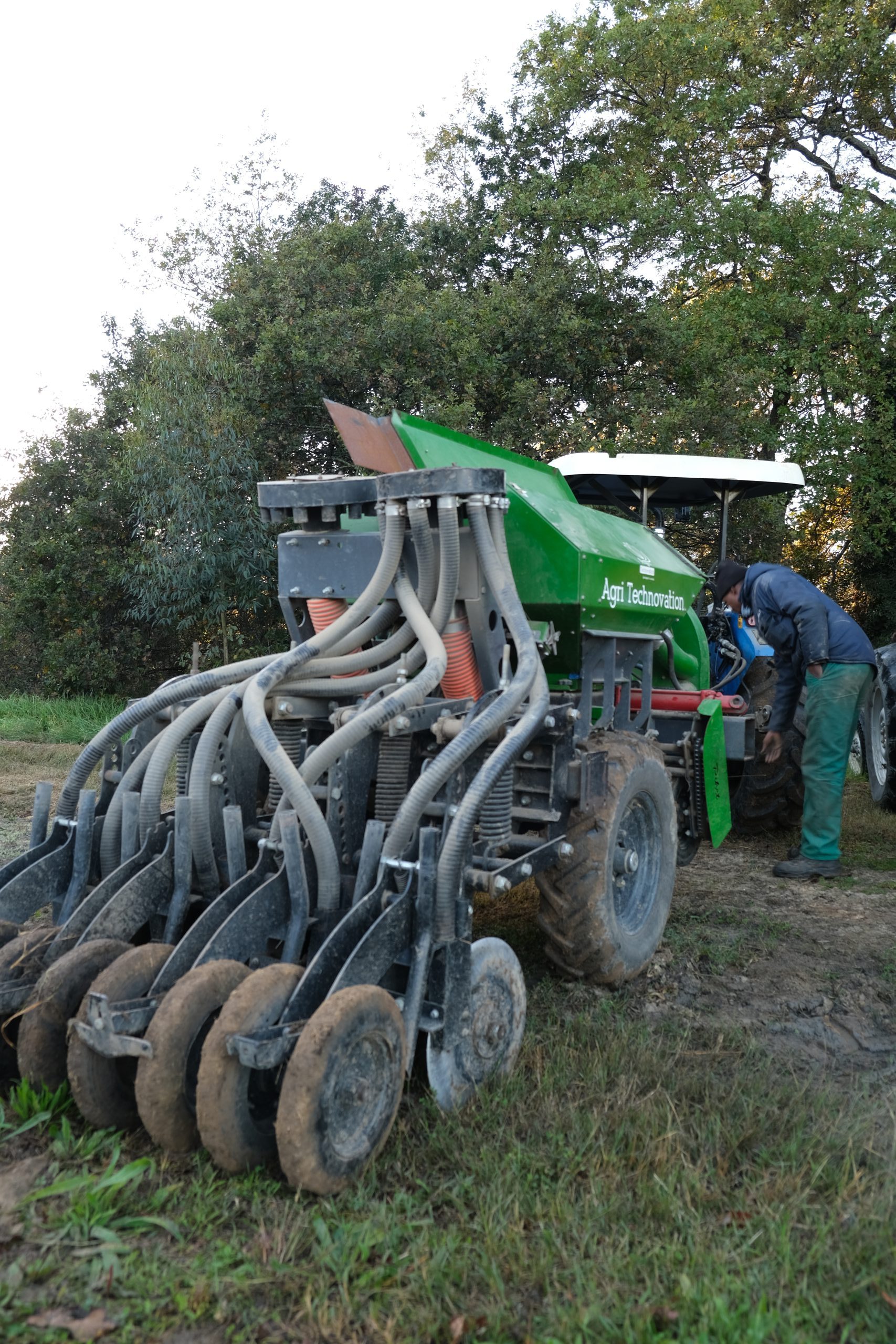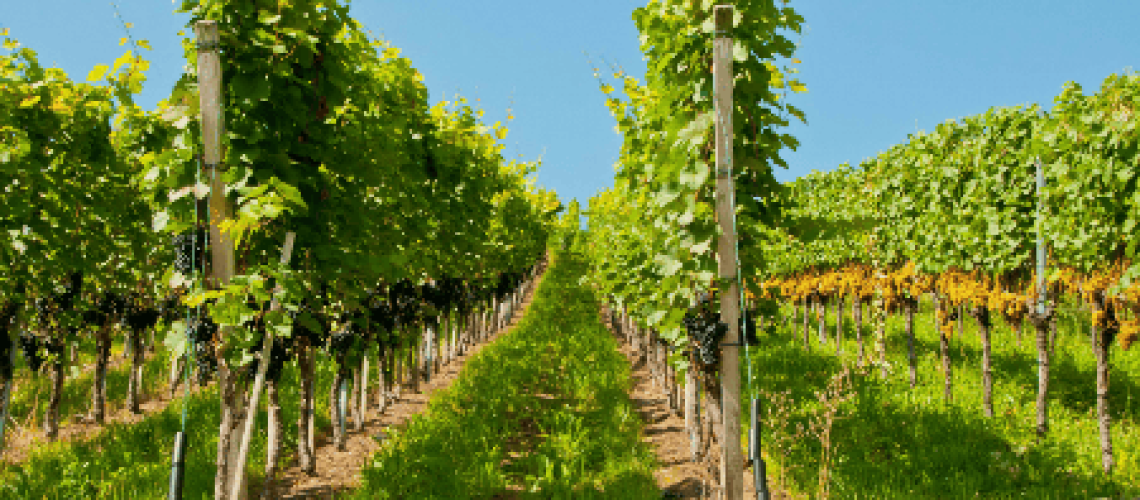Cover up! Or be exposed.
by André Strauss, Head of Soil Microbiology, Agri Technovation
What is a cover crop?
Just as human skin is damaged by the radiation of sun rays, soil is damaged if not covered.
One of the best “suntan lotions” for soil is the planting of cover crops. Cover crops refer to any plant population planted to cover the soil for the benefit of the soil, whether it is in rotation with cash crops, between the rows of permanent crops, or planted as pasture.
The main aim, therefore, is to improve soil health and fertility, rather than harvesting seeds or biomass (cutting and baling). Cover crops also offer an excellent solution to address the five principles of soil health, namely:
- Ground cover.
- Living roots in the ground.
- Minimal soil disturbance.
- Maximum biodiversity.
- Incorporation of livestock.
By planting cover crops the soil is covered (1) and live roots are present in the soil (2). By using cover crop mixes, maximum biodiversity is ensured above and below the ground (4), rather than establishing only a monoculture on the ground. Furthermore, cover crop mixes also offer the benefit of acting as a perennial pasture crop (5). By using the right equipment such as a no-till planter, cover crops can be established successfully with minimal soil disturbance (3).
Benefits of cover crops
Cover crops have numerous benefits, ranging from benefits relating to the soil on the producer’s farm, to global impact where they counteract climate change. These benefits include, among others, regulating soil temperatures and preventing excessively high soil temperatures (Figure 1). A microclimate is created that ensures that plants’ stomata stay open for longer allowing for photosynthesis to take place for a longer period of time, and water evaporation from the soil is limited.
Cover crop roots release carbon compounds into the soil that feed the soil’s microbial population and also contribute to increase the soil carbon levels. This leads to an improved spongier soil structure, which in turn improves water infiltration and the soil’s water holding capacity.
Thus, during rain or irrigation, water can better penetrate the soil, increasing the plant available water and conserving the soil moisture, thereby avoiding future unnecessary irrigations.

Figure 1: Difference in microclimate temperatures where cover crops have been established (cut and uncut) versus where no cover crops have been planted.
Species to consider
Depending on the purpose for which cover crops are planted, it will be a combination of brassicas, grains, grasses and legumes. Grains provide sufficient biomass that is high in carbon but low in nitrogen, while legumes produce biomass that is higher in nitrogen and composts at a faster rate. A mix between grains and legumes produces a good mulch on the soil. Therefore, by including legumes in a cover crop mix, nitrogen is put back into the soil. If intercropping forms part of the producer’s practice, especially in permanent crops, then cover crops provide a way to reduce inorganic nitrogen applications, thereby reducing input costs (Figure 2).

Figure 2: Mixture of grass, grains and legumes planted in the working row between vineyards to produce organic matter as a mulch and time to put nitrogen back into the soil at the same.
Grasses are good pioneer plants, mostly perennial and therefore grow throughout winter and summer. In doing so they provide cover throughout the year. If soil compaction occurs or compaction layers are present, plants of the brassica family should be strongly considered. These plants have a thick taproot system and most often form a root-vegetable under the ground and can thus break compaction layers.
This family is also of great importance for the management of nematodes because of the bio-fumigation effect they have in the soil through the secretion of glucosinolate molecules, which deactivates nematodes. Some brassica species show good action against certain nematodes, while others are not nematode hosts. By including the correct brassica species in a cover crop mix, the effect of nematodes can be suppressed.
Factors that play a role
It is important to select the correct species and cultivars to ensure that the desired result is achieved. The following should be taken into account when selecting a cover crop: purpose, climate and soil.
As cover crops offer several benefits, they can be planted for a variety of reasons to achieve an intended purpose. This purpose may include one or more of the following: soil cover, biomass production, weed suppression, additional nitrogen source, preventing erosion, improving biodiversity and/or soil structure, increasing soil carbon, bio-fumigation and improving soil compaction. The first important step is to determine the final intended purpose, and only then to select the specific species that would serve to achieve this purpose.
Secondly, the climate and area where cover crops are planted must also be taken into consideration, in particular, the moisture and temperature status at the time of planting, as well as the growing season. The North-Eastern part of South Africa is a summer-rainfall region with a higher rainfall rate than the South-Western region. Similarly, temperatures differ significantly between winter and summer months, as does the soil moisture status due to the respective rainfall seasons.
These climatic differences must be taken into account as the species must be planted in appropriate conditions to grow successfully. For example, a certain species will only germinate in cold conditions, while another requires heat before germination can occur. Both however, are planted for the same purpose.
The third aspect to consider is the type of soil on which cover crops are planted. Soil factors such as soil type, pH, clay, sand and stone fraction as well as soil carbon all impact the selected species. Legumes, as previously mentioned, increase soil nitrogen levels because of the presence of Rhizobium bacteria on the roots that fix nitrogen. The soil carbon and sand fraction have an important influence on this microbial attachment and action, and the success of legumes will therefore be influenced by the soil factors. These soil factors apply similarly to other species.
The right cover, the right method
Agri Technovation now offers producers the opportunity to take their soil health to the next level by planting cover crops. With the necessary technical knowledge, farm-specific cover crop mixes can be made that suite the specific purpose, climate, soil, and practice of producers. In addition, Agri Technovation also provides the service to plant this cover crop mix (Figure 3A).
This service is provided by using disc planters with three seed bins which offer several advantages:
- It is possible to plant two different mixes at the same time, a working row- and bench mixture, while the third bin can simultaneously be used to apply fertiliser.
- The planting width of the planter can be set to plant at different widths.
- The planter works with air flow (“air seeder”) which makes it possible to plant with precision, even though seed size may vary.
These specific planters (Figure 3B) cut (rather than plough) into the soil and organic matter, and thereby also contribute to the principle of minimal soil disturbance.


Figure 3: A – Planter in action to plant a cover crop mix between wine grapes. B – Discs are used to cut through organic matter for minimal soil disturbance.

